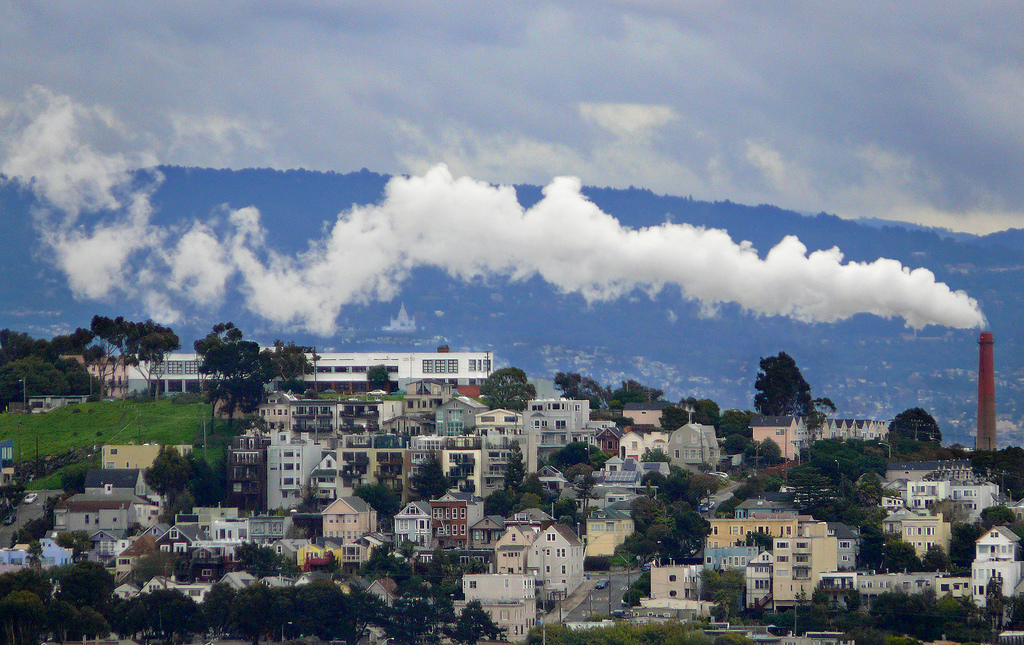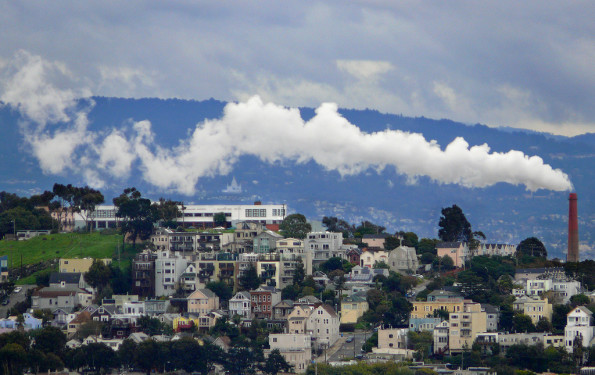In Washington and across the United States, communities of color and low-income neighborhoods are more likely to be exposed to air pollution and toxic chemicals. People of color and people with low incomes will also be disproportionately impacted by climate change. Exacerbating their vulnerability to pollution, low-income households and communities of color often have fewer resources available to respond to climate change and related health threats. A fair and equitable climate policy will ensure that Washington communities who have been and continue to be the most highly impacted by pollution have the opportunity to thrive.
Other states have recognized the imperative and the opportunity to stop pollution and invest in their most vulnerable communities. For example, California capped pollution and is directing several hundred millions of dollars per year to invest in clean energy, affordable housing, and public transit projects that will benefit highly-impacted communities. In order to direct investments to the communities who need it the most, California developed a screening tool for identifying the most deserving neighborhoods.
The Evergreen State could pass a similar policy, directing investments to support highly-impacted communities. To make sure the money goes to the right places, Washington would need to develop a statewide methodology to identify these communities.
It might seem relatively straightforward to identify the communities in Washington that have more pollution, more poverty, and more people of color than other parts of the state. Just look at census and pollution data, right? Or just ask around—community organizations know exactly where people are suffering. While it is widely understood that some communities face more social, economic, and health challenges than others, there is not a universal methodology for identifying these communities. To direct investments to the communities who need it most, Washington needs a statewide methodology for combining multiple data points related to pollution, socio-economic status, and racial, ethnic and cultural composition, along with local knowledge to identify highly-impacted communities.
This Sightline report outlines different methods for identifying highly-impacted communities, what Washington has already done towards identifying them, and what Washington could do next.
Where Are the Highly-Impacted Communities in Washington?Care to comment? The report is also featured on our blog.









